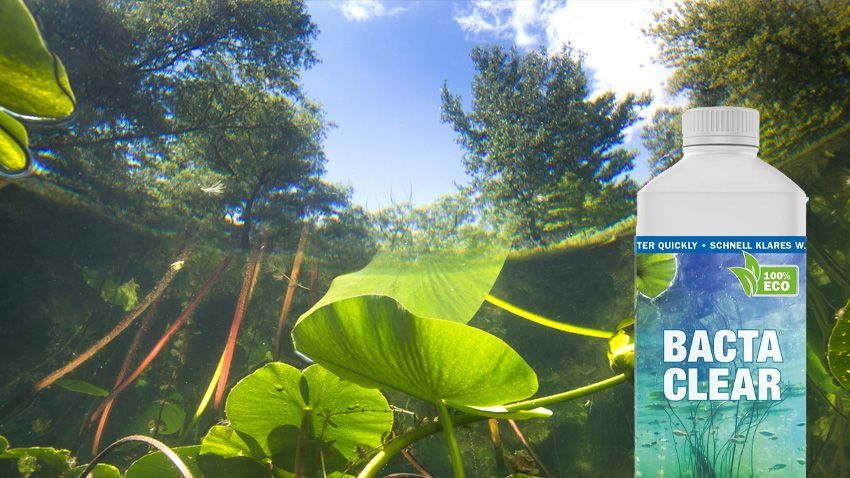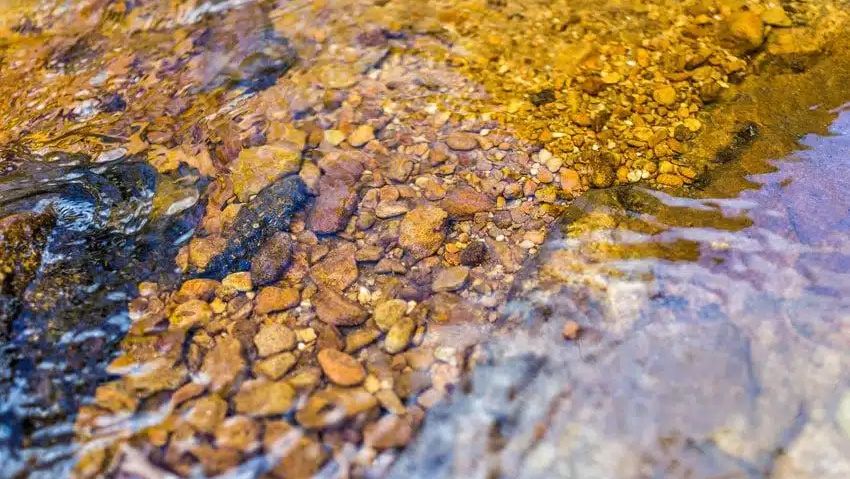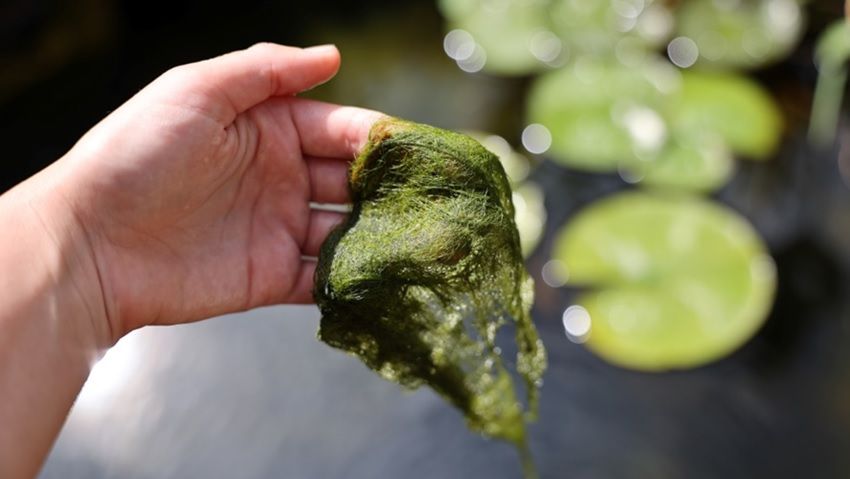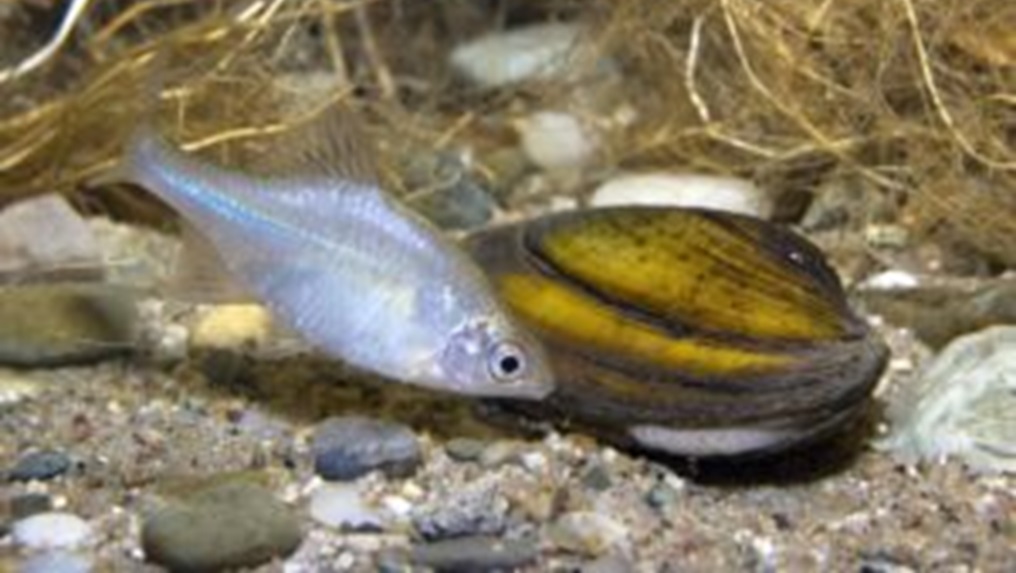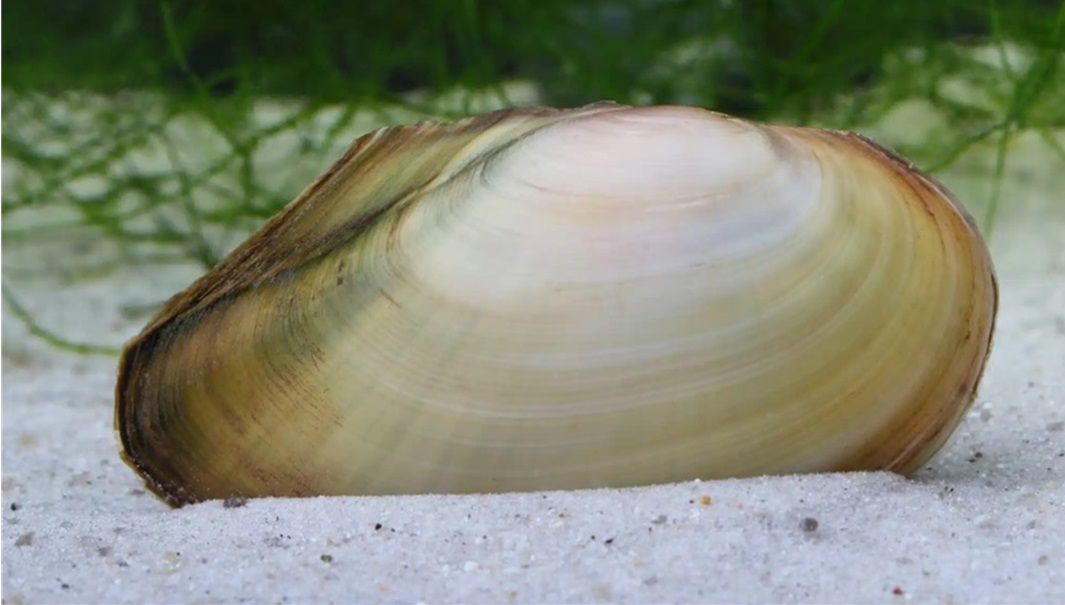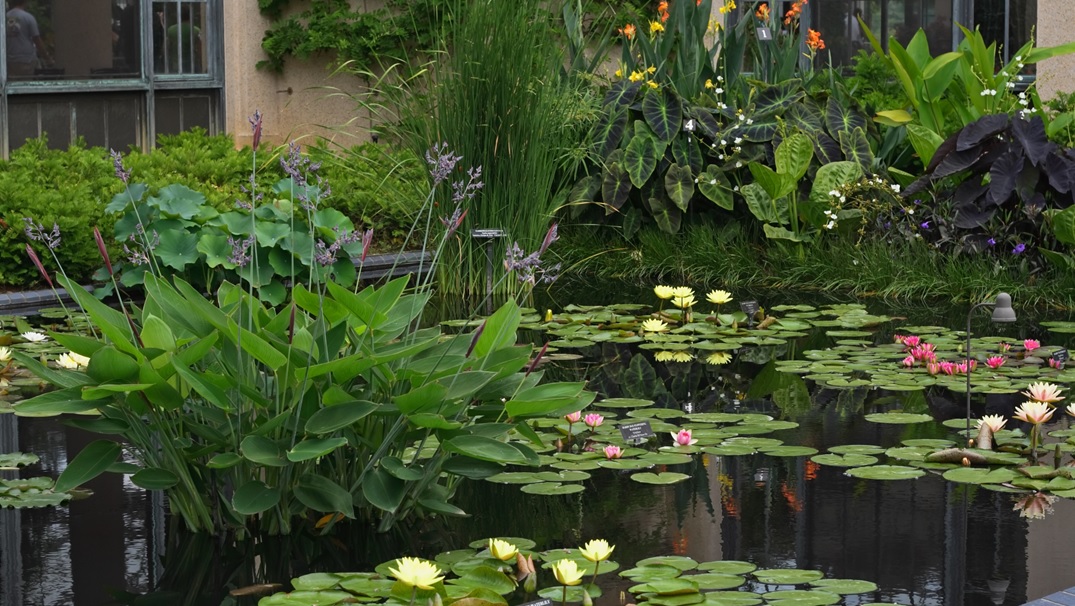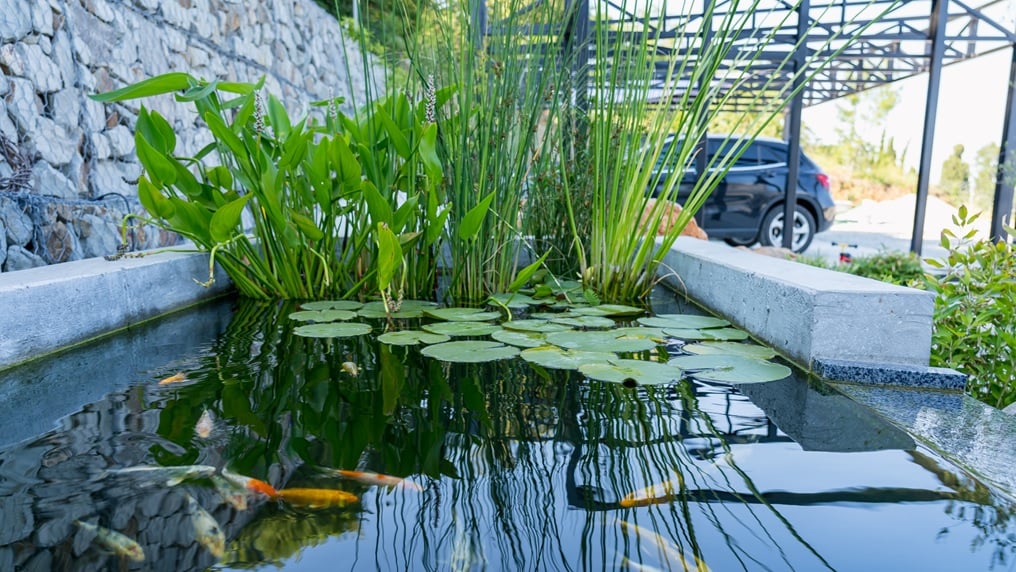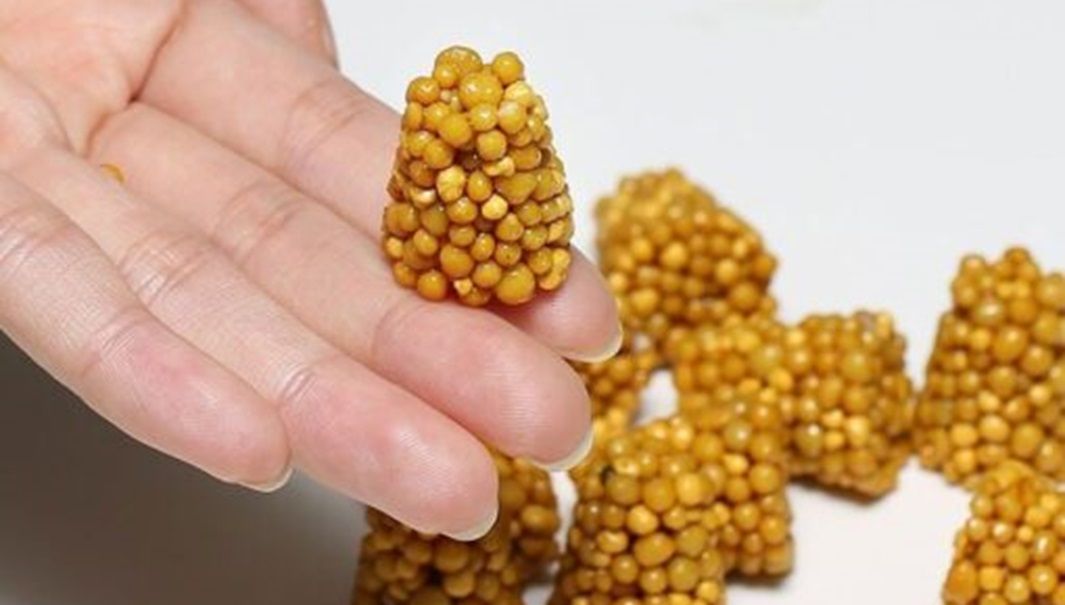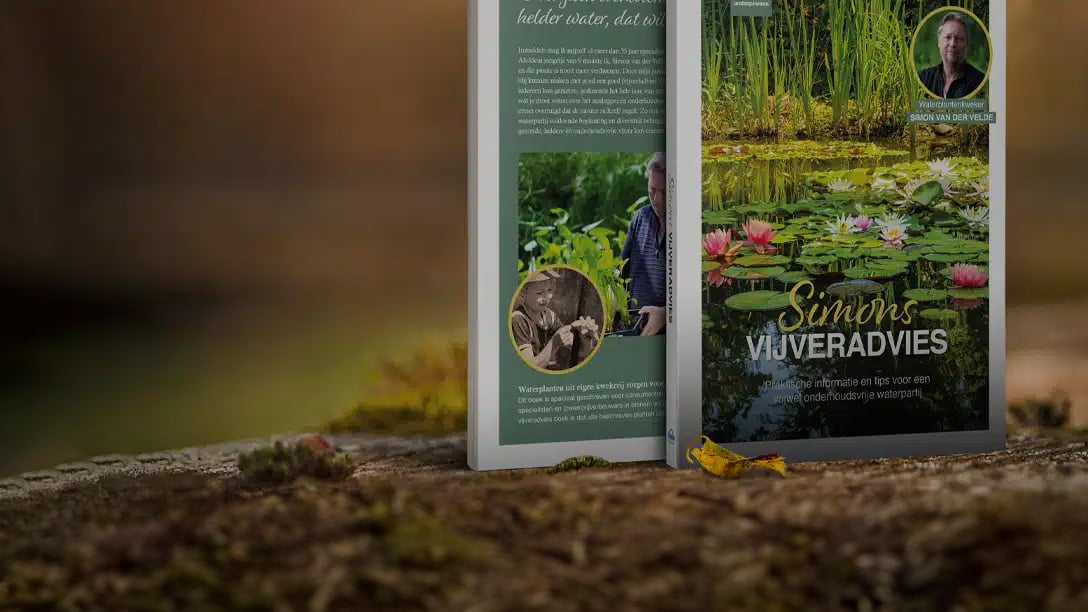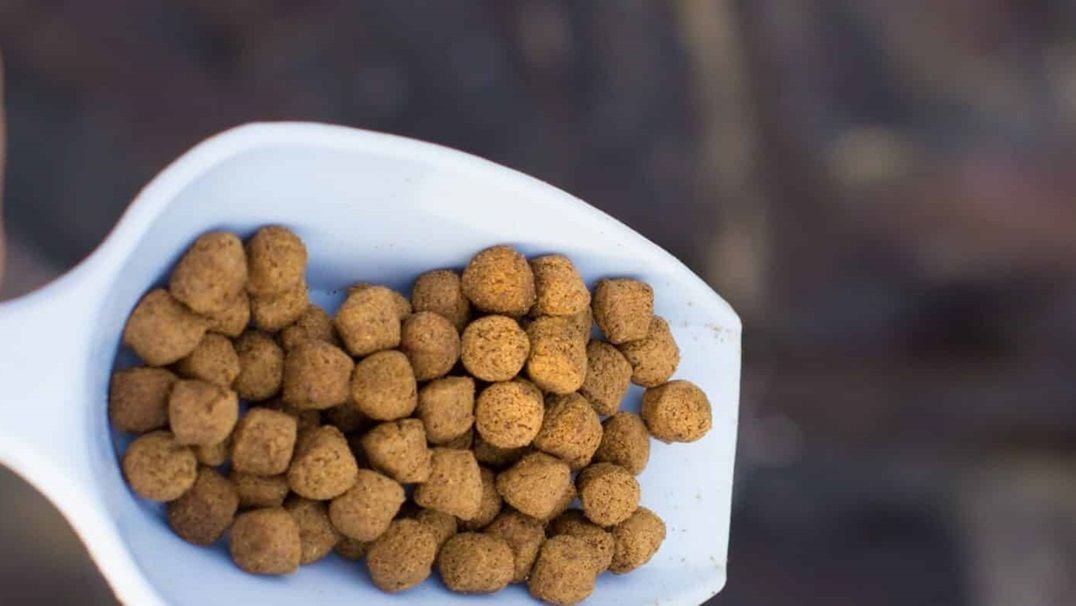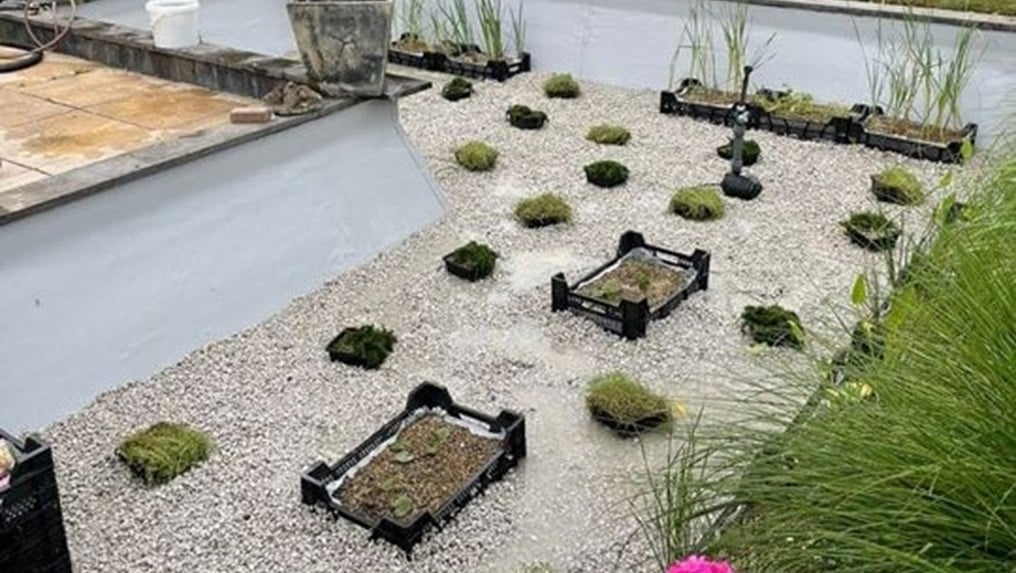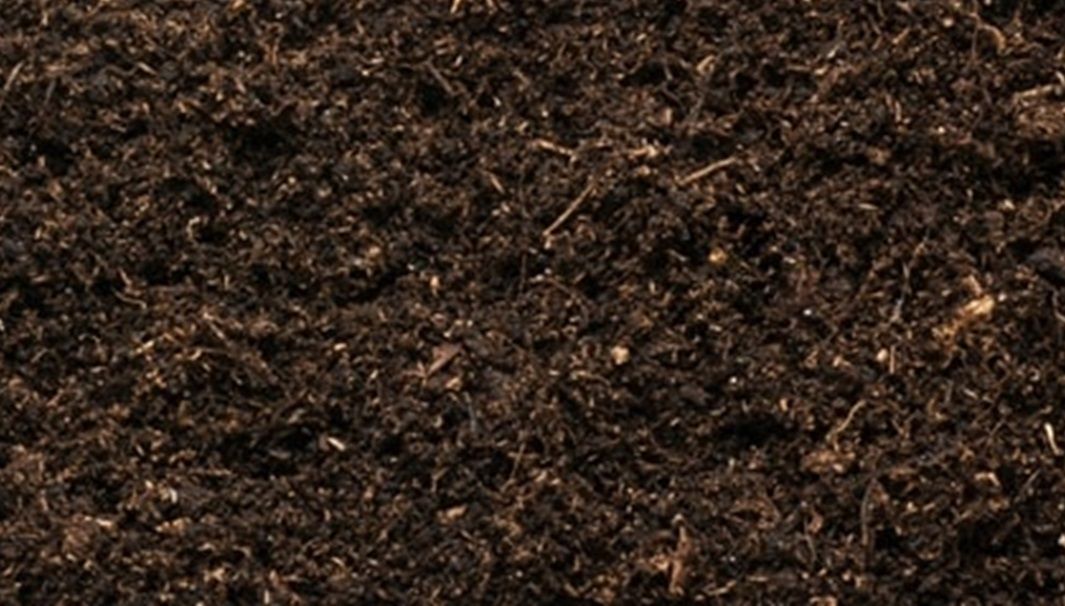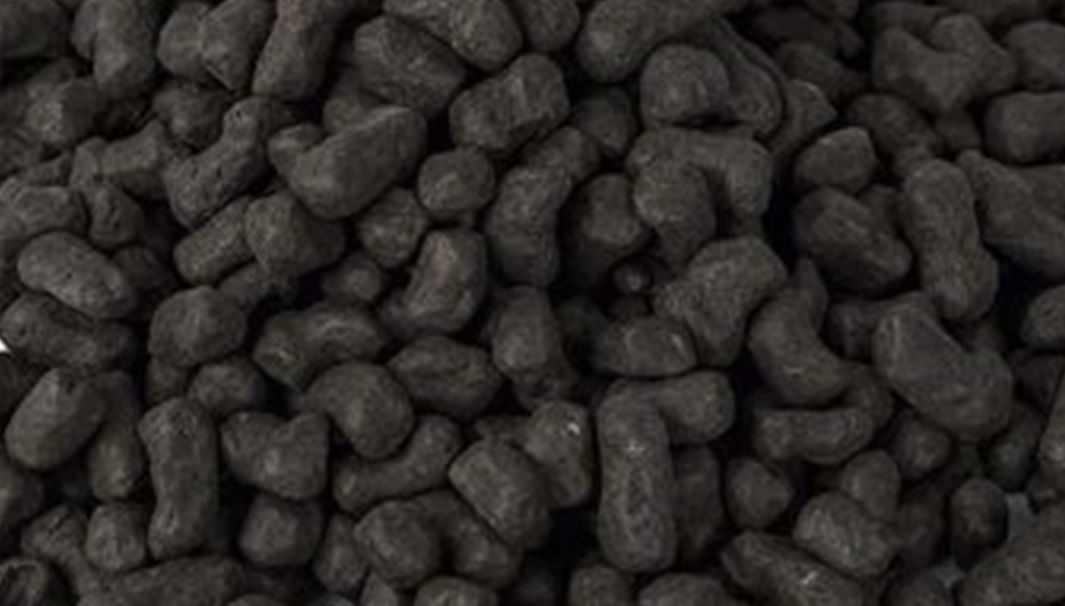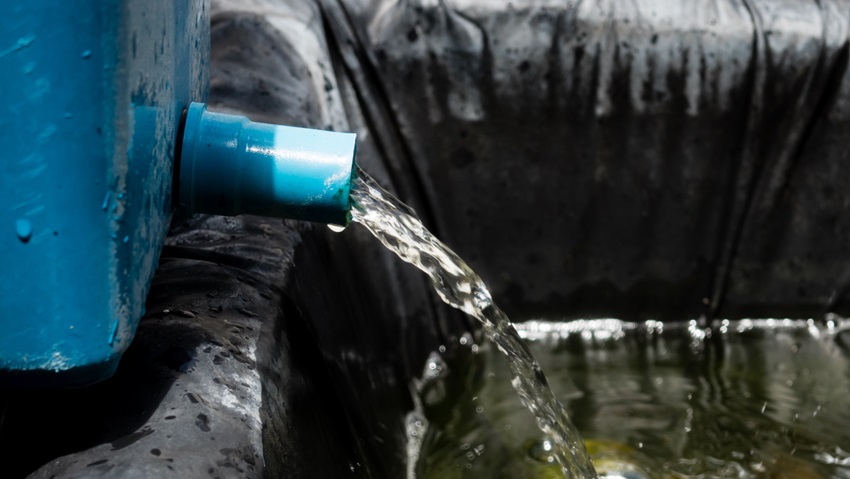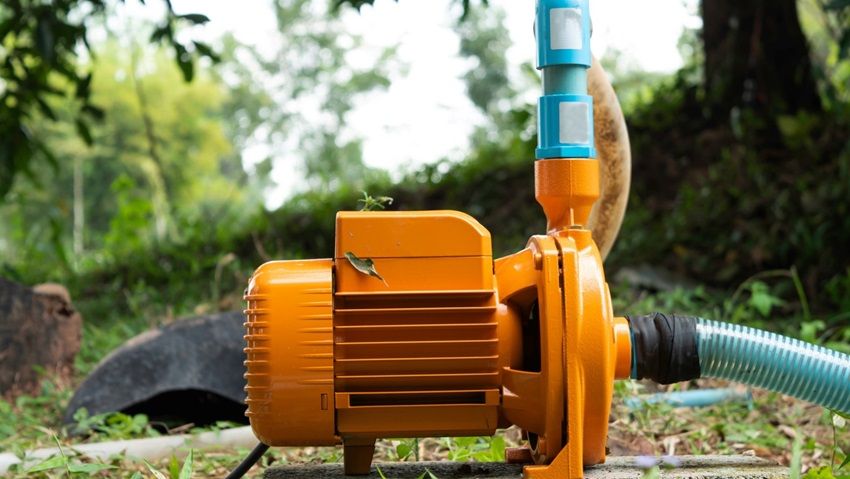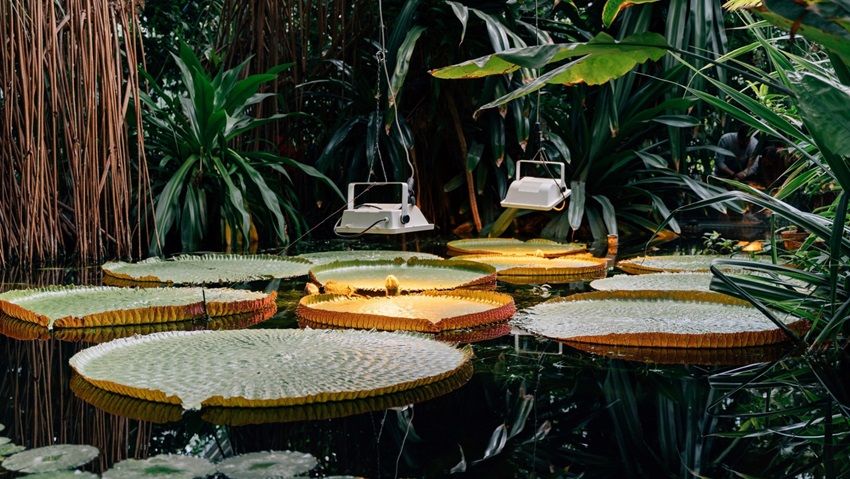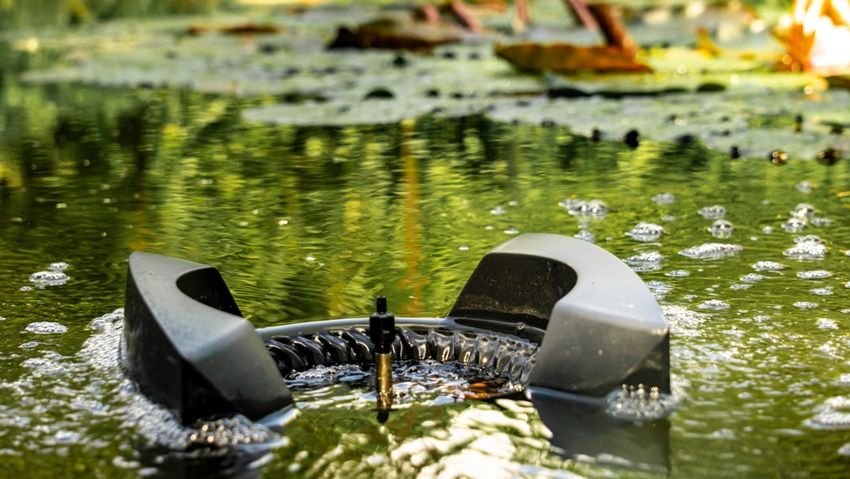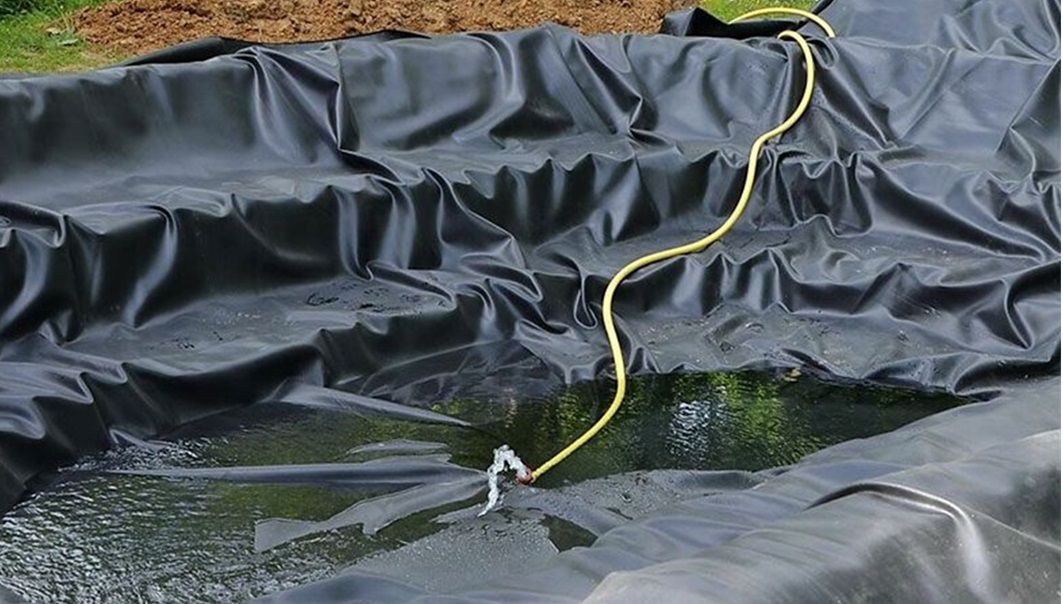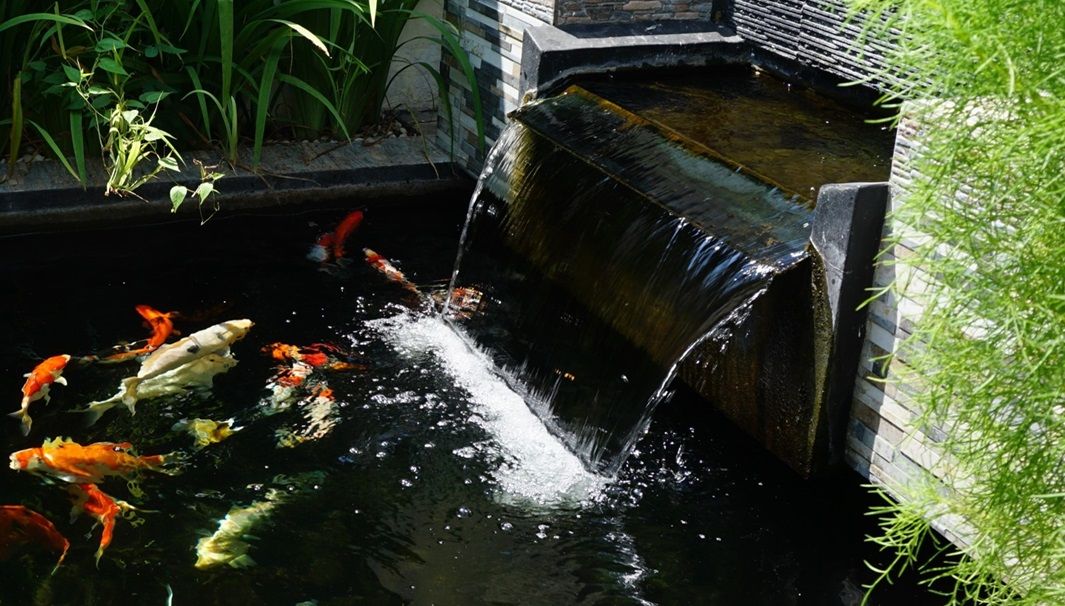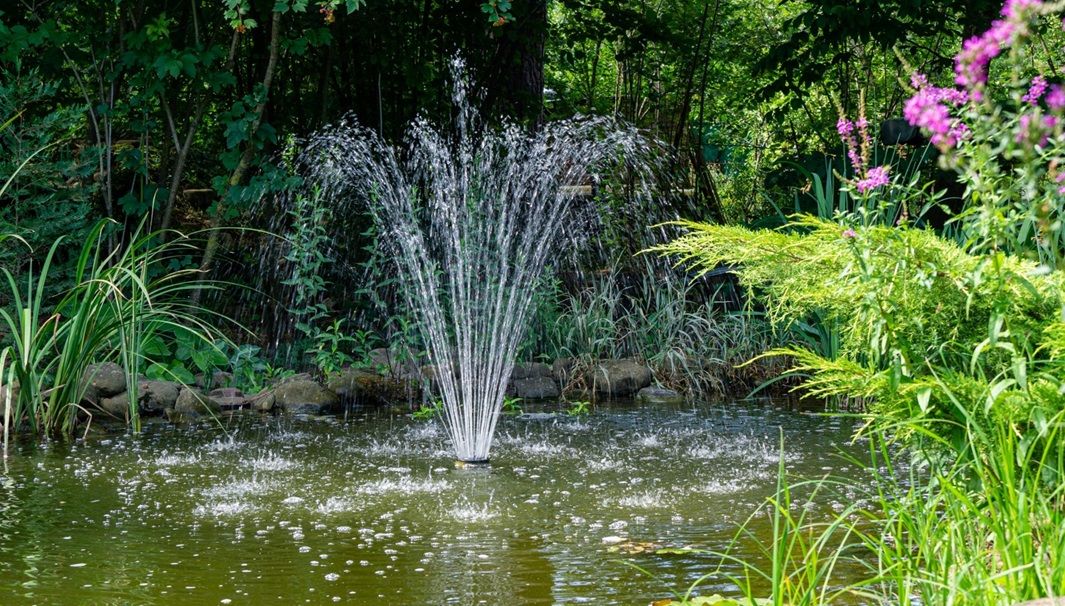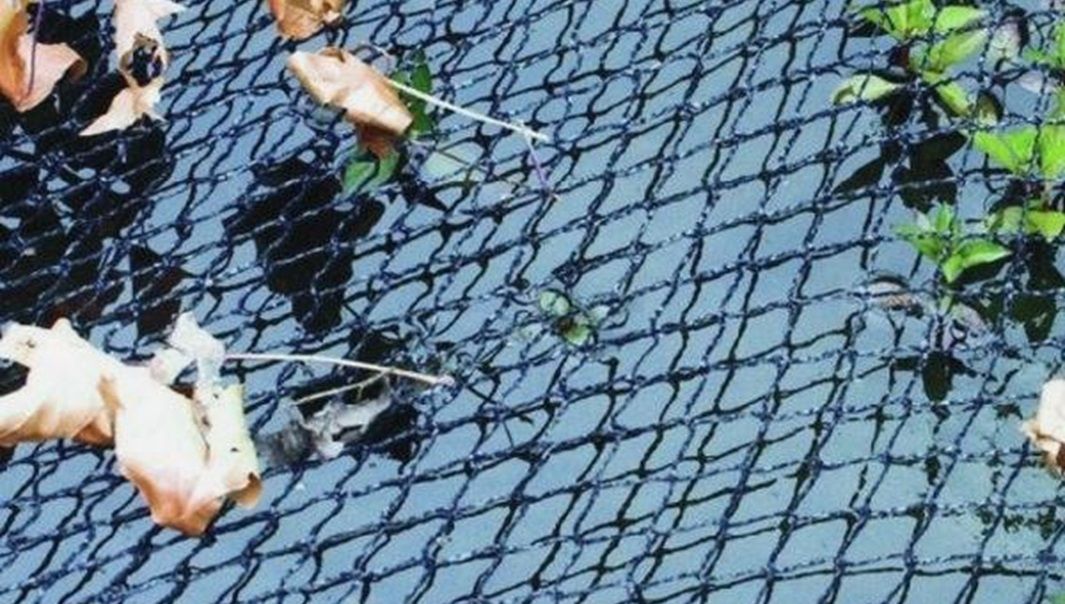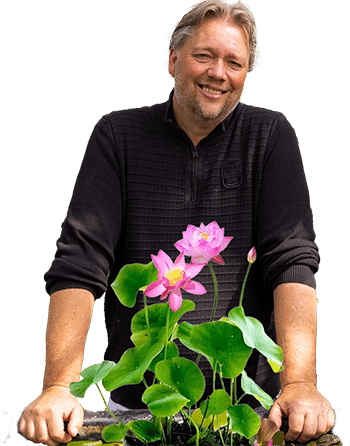Pond supplies

If you have the right setup for your pond, you don't need to use energy-consuming pond pumps, filters or water improvers.
High costs and unnecessary energy consumption
I sometimes speak to pond owners who complain about high energy costs from using oversized pumps, filters, UV lamps, air pumps and water bottom vacuums.
A pond pump is often too powerful for the pond in question. It is not essential to circulate the pond water several times. A filter filled with algae no longer filters properly and requires frequent cleaning, which many find annoying.
Vacuuming the bottom with an underwater vacuum cleaner is not only unnatural, but also tiring and energy-consuming. It disrupts the biological balance by eliminating beneficial particles, such as oxygen plants.
I have often visited natural ponds and observed fish farms in China and Japan. Even there, the water can sometimes be murky, but with a healthy biological balance, it often clears by itself.
In nature, you will find beautiful ponds and water features brimming with life. Therefore, I have created an effective step-by-step plan for pond owners.
More about this roadmap and additional tips can be found in my pond advice book and on a specific page I created for this purpose.
Want to replace traditional pond equipment with natural alternatives? Here are some examples:
- Pond pump -> Oxygen plants
- Pond filter -> Plant filter
- Air pump -> Oxygen plants
- UV lamp -> Bacteria
- Skimmer -> Swamp filter
- Hydropower -> Mussels
Pond technology vs pond plants
Choose a pond article and we'll introduce you to the sustainable alternative to a biologically balanced pond.
Pond supplies advice
Our most valuable expert tips on various pond supplies.
Frequently asked questions about pond supplies

At the bottom of the pond is pond substrate. This is a porous material that helps grow beneficial bacteria that break down organic waste and purify the water. It also provides a stable surface for aquatic plants to grow on and helps absorb excess nutrients, improving water quality.
For a natural pond, you need the following supplies: aquatic plants, pond substrate, pond bacteria, a biological plant filter and fish food. Optionally, you can also consider lighting, a waterfall or fountain.
When you use the right combination of plant mix, substrate and bacteria, you get a healthy pond that becomes more beautiful over the years. This proper mix often eliminates the need for a pump or filter. Maintenance instructions, tips and tricks for a healthy and maintenance-free pond can be found in Simon's Pond Advice book.
Using the proper substrate and bacteria will break down organic waste in the pond. However, for specific cleaning instructions, consult Simons Pond Advice book or other sources on pond maintenance.
Clear water is achieved through the use of pond plants, which contribute to biological balance and algae prevention. The biological plant filter helps break down organic waste and maintain good water quality. The use of pond substrate and pond bacteria also improves water quality.
Scaring away heron? Don't buy pond protection such as a pond net
Often pond owners make their pond as transparent as possible, in order to observe the fish closely. While understandable, this does make the pond an open buffet for herons. But not to worry, there are alternative ways to protect your fish without losing the aesthetic aspect of your pond. For example, consider planting water lilies. Not only do they give your pond a natural beauty, but the fish can take shelter under the leaves. This makes it a lot harder for the heron to catch them.
Another effective method is to place a PVC pipe at the bottom of the pond. When there is imminent danger, your fish will instinctively take shelter in this. By providing these natural hiding places, you give your fish the opportunity to use their natural instincts and protect themselves from predators such as the heron.
It's great to have a vibrant pond that attracts all kinds of wildlife. However, protecting against the heron without sacrificing aesthetics requires some creativity and an understanding of your fish's behavior. By allowing your fish to hide, you reduce the likelihood of them falling prey to this bird while preserving the natural beauty of your pond.
Supplies you do and don't need for a natural pond
Essential pond supplies:
- Pond Plants: Provide biological balance and prevent unwanted algal and bacterial growth.
- A biological plant filter: Helps break down organic waste and maintains good water quality.
- Pond substrate: A porous material conducive to the growth of beneficial bacteria and provides support for the roots of aquatic plants.
- Pond bacteria: Crucial for breaking down organic waste and maintaining the nitrogen cycle in the pond.
- Pond liner: Protects the soil and provides an effective seal.
- Pond soil: For planting and supporting aquatic plants.
- Pond baskets: For planting and moving aquatic plants.
- Fish food: If you have fish, it is essential to feed them with appropriate food.
Optional supplies:
- Waterfall & Fountain: Add an aesthetic element and help with aeration.
- Lighting: To accentuate your pond at night.
Dislikes: While some of these products may have benefits, we generally advise against them because of the potential drawbacks:
- Pond tank: May place restrictions on the size and shape of your pond.
- Pond Pump & Air Pump: Not always necessary if the pond is well designed and has enough aquatic plants.
- Pond Filter: In a well-balanced pond, natural filtration may be sufficient.
- Skimmer: Can trap beneficial insects and small animals.
- UV lamp: Although it can kill harmful bacteria, it can also affect beneficial bacteria.
- Submersible pump & hydrogen suction: Not always necessary and can upset the natural balance.

